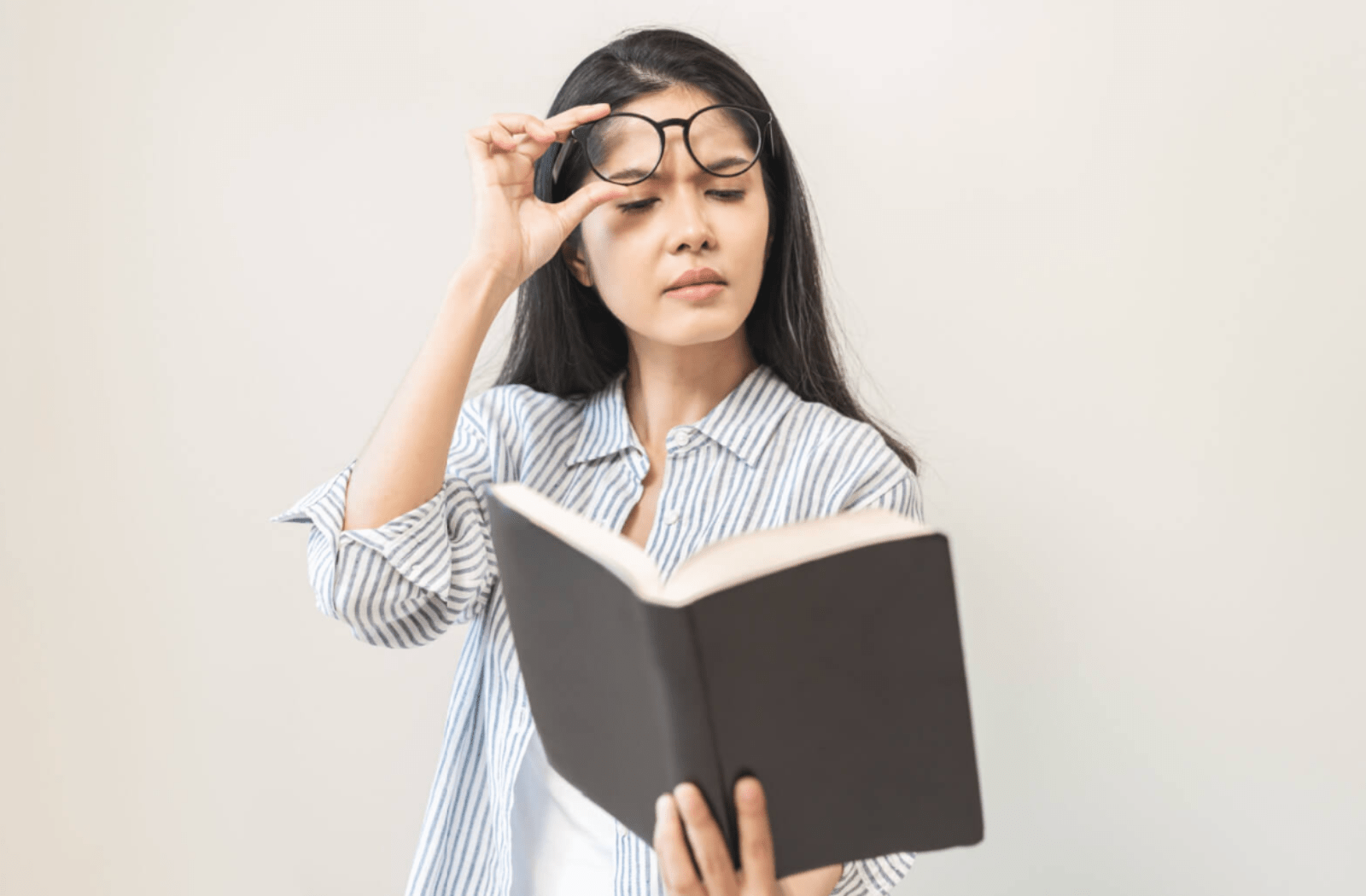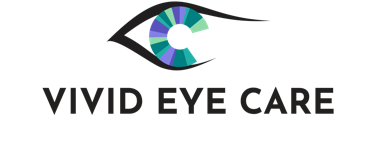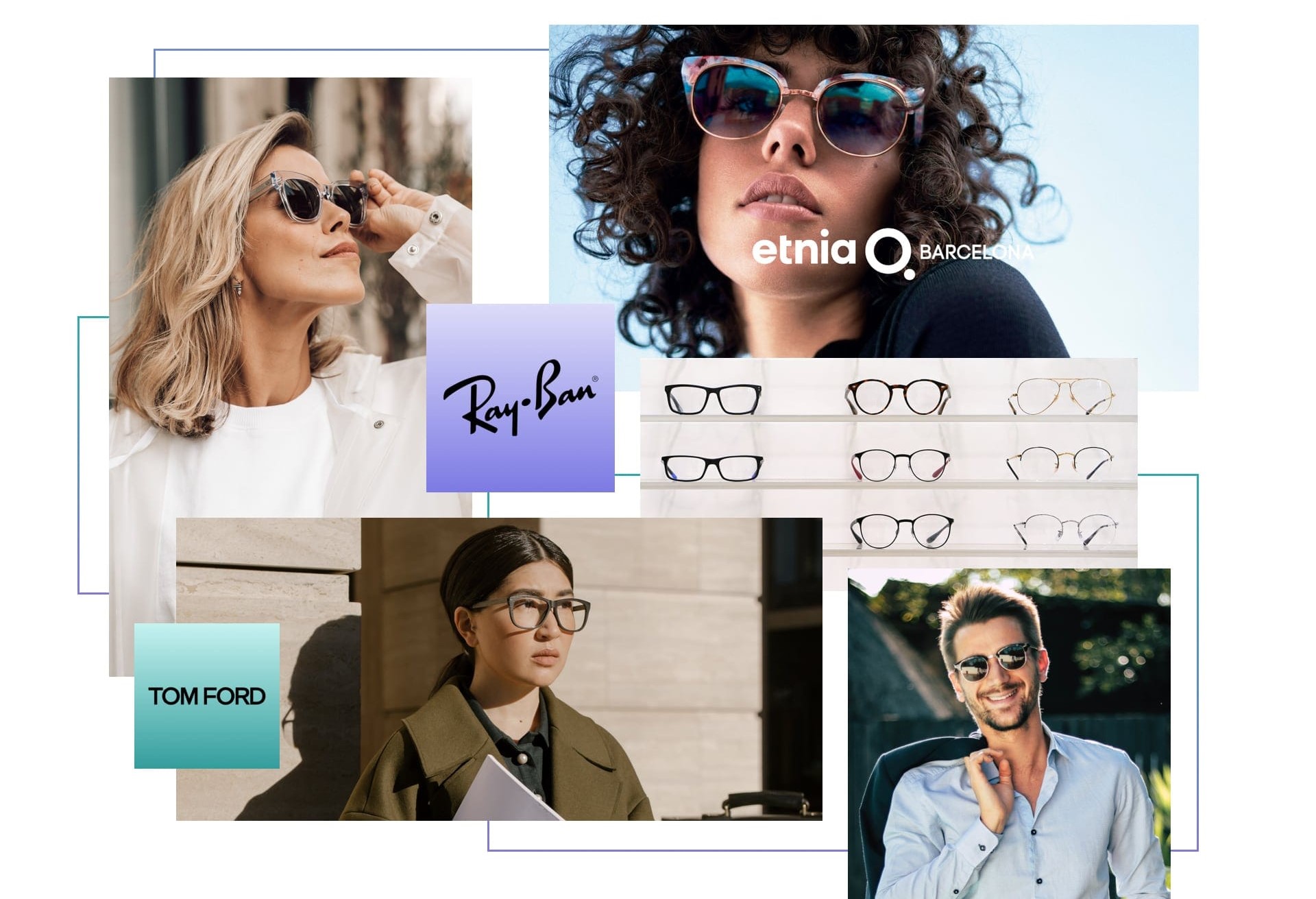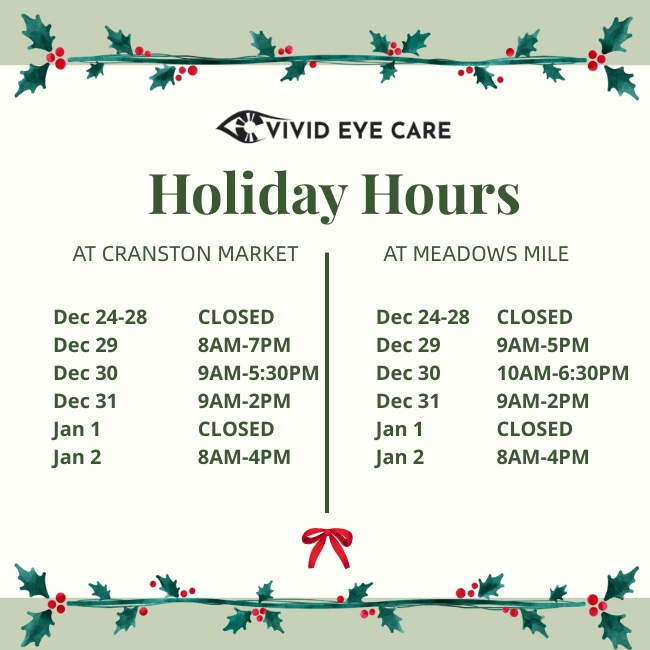Have you ever heard of myopia or hyperopia? These are the technical terms for common vision issues known as nearsightedness or farsightedness. Even if your eye doctor already explained to you the difference between these two conditions, it can be helpful to learn more about both vision
Myopia and hyperopia are both refractive errors that can affect your vision. If you or your child are experiencing vision problems, you should contact your eye doctor to assess the situation.
What is Myopia?
Have you ever experienced blurry vision or difficulty seeing objects from a distance? These are common symptoms of a refractive error known as myopia. People with myopia can see items up closely, but distant objects appear blurry and difficult to see.
Myopia occurs when the eye is too long or oval-shaped, or if the cornea is too steep.
Signs & Symptoms of Myopia
Common signs and symptoms of myopia include squinting, headaches, and difficulty seeing while driving.
Myopia is a very common condition—currently, 30% of the Canadian population is affected by myopia. It’s also becoming more common in children between the ages of 6 and 7, more so than in previous generations.
The following signs might suggest that your child has myopia:
- Squinting often
- Blinking excessively
- Rubbing their eyes frequently
- Sitting close to the TV
If you suspect your child has a vision issue like myopia, it’s important to contact your family eye doctor to assess your child’s eyes.
What is Hyperopia?
Hyperopia, also called farsightedness, is a refractive error where distant objects appear in focus, while near ones appear blurry. It happens when the eyeball is shorter than normal, or your cornea is curved. This causes incoming light to land behind the retina, the eye’s light-sensitive screen, leaving nearby objects fuzzy.
Signs & Symptoms of Hyperopia
Hyperopia can cause eye strain, blurry vision while reading, and a feeling of fatigue or eye discomfort. It is essential to recognize any vision changes and visit an eye doctor for a comprehensive eye exam to determine the appropriate treatment plan for your individual needs.

What Causes Myopia and Hyperopia?
The cornea is the outer protective layer of the eye; the lens is the clear, curved structure at the front of the eye, and the retina, which is the thin, light-sensitive layer of tissue at the back of the eye, results in clear vision when they all work together.
In people without vision problems, the cornea and lens help bend light rays so that the focal point lands on the retina. The retina then conveys this information to the brain via the optic nerve, which results in a clear image. Refractive errors, like myopia and hyperopia, stem from either aging of the lens, cornea shape, or eyeball length.
In people with myopia or hyperopia, vision problems occur because the focal point does not land properly on the retina, resulting in an incomplete, blurry image. The primary difference is where the point of focus occurs. If you have hyperopia, the focus point is behind your retina. However, with myopia, it happens in front of the retina.
Although these conditions are genetic, certain factors may lead to their development, such as excessive use of screens, prolonged reading, and low levels of outdoor activities.
Treatment Methods
If you’ve recently been diagnosed with nearsightedness or farsightedness, you may be wondering about your treatment options. Thankfully, there are several effective treatments available to help correct these conditions.
One common option for myopia is corrective glasses or contact lenses, designed to bend light in a way that compensates for the elongated shape of the eye that causes nearsightedness.
For hyperopia, glasses or contact lenses with convex lenses can help correct farsightedness by focusing light directly onto the retina.
Another option for both myopia and hyperopia is refractive laser surgery, also known as LASIK, where the shape of the cornea is permanently changed to improve vision.
No matter which option you choose, the key is to work with an eye care professional to create an individualized treatment plan that meets your needs.
When to Seek Help from an Eye Care Professional
While myopia and hyperopia can be corrected with glasses or contact lenses, it’s important to recognize when professional help is needed. You will need an optometrist to diagnose your condition, and they can help you choose the treatment method that works best for you.
Early detection and treatment of myopia and hyperopia can reduce the risk of progression and further eye damage, ultimately benefiting your vision and overall eye health. Regular visits to your optometrist are essential to healthy vision!
Do You Have Symptoms of Myopia or Hyperopia?
Taking the proper steps to make sure that you have your vision in the best possible shape starts with recognizing if you are experiencing any signs or symptoms.
We are here to assist you every step of the way. Our team of expert optometrists offers a variety of treatments for myopia and hyperopia. Reach out to us at Vivid Eye Care in Calgary.
We look forward to helping all our patients preserve their eye health for years to come. Book an appointment today!






















